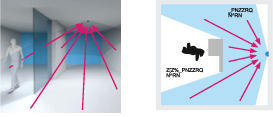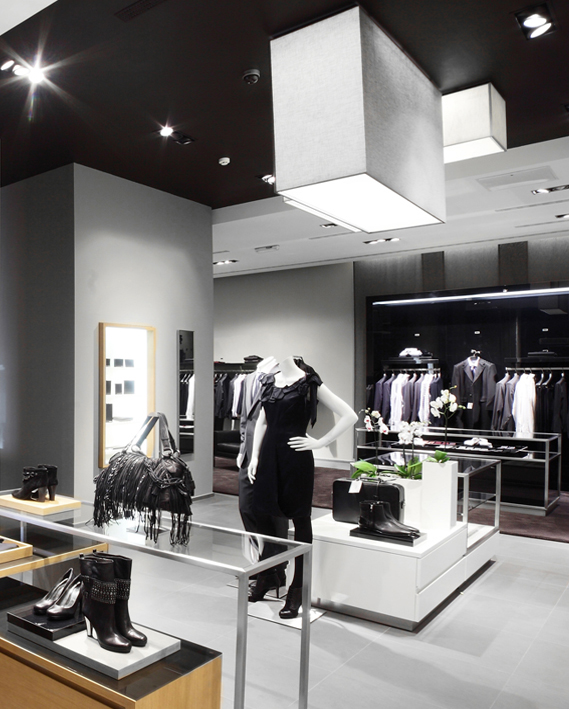Light is a fundamental tool in the creation of a unique atmosphere in each store, whether it be an independent boutique or a large chain supermarket. It affects mood, creates visual and psychological comfort, stimulates activity and enables employees to work effectively and productively. In an ideal cast, the lighting should be a perfect balance of biologically effective daylight and artificial light, with optimal functionally achieved by using a Lighting Management System.
Energy saving is however one aspect of an efficient and effectively designed and controlled lighting system. By implementing suitable control tools retailers can rest assured that they have reduced their CO2 emissions and impact on the environment, whilst also benefiting from the comfort of simple. Autonomous and flexible control of their extensive lighting systems, parameters defined for the given space, and the control tools used, the more comfortable and user-friendly the system is, with high-tech methods such as smart device, computer and remote control reducing and even removing the need for user intervention. Extensive control systems are ideal for spaces that have large and complex lighting systems that cannot be simply and effectively controlled by employees, such as larger stores, supermarkets,storehouses,indoor parking areas and even entire shopping malls.
There are three ways in which presence detectors can be used in retail detecting presence, tracking customer movement and attracting attention. Basic presence detection switches or dims the lighting according to the presence of people in spaces as such as fitting rooms, store rooms and indoor parking areas. A new trend in retail lighting is to use presence detectors to trigger flashes of light and colour as potential customers pass a shop window, drawing their attention and luring them inside the store, a feature most beneficial when people are unaware of its intention.
These sensors respond to the heat of passing people, which causes the sensor to communicate with the lighting to turn it on or increase the brightness. The scanning element of the sensor emits no radiation, which is why it is called a passive sensor. Suitable for use in both interior and exterior spaces, these sensors can be set with various levels of sensitivity according to their positioning, with mounting heights of upto 12 m.
This type pf sensor emits and receives a signal, based upon which it switches or dims the controlled lighting. Suitable also for use in interior and exterior spaces with large obstacles as the signal can pass through them. HF sensors are ideal for use in stores and spaces with complex interiors, and for storerooms and indoor parking areas. Not affected by ambient temperatures, and sensitive to even the smallest movements, these sensors are very effective.
The simplest method of control is the switching of lighting within the space. However, 0% and 100 % are not always the best options, and immediate switching is not recommended in many areas of application as it is visually disturbing as well as possibly impairing safety.

Scanning area of the passive infrared sensor (PIR)

Scanning area of the high-frequency movement sensor (HF)
